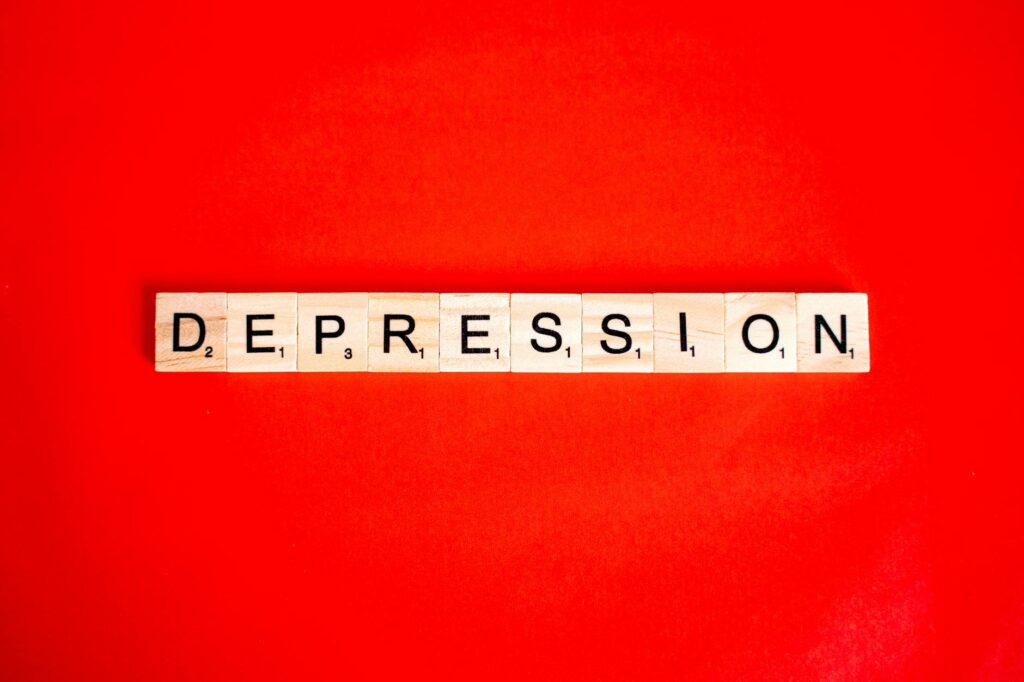What is adhd stigma?

What is ADHD Stigma?
ADHD stigma is a concept that affects many individuals living with Attention Deficit Hyperactivity Disorder (ADHD). It refers to the negative perceptions, stereotypes, and discrimination faced by those diagnosed with this condition. In today’s society, where mental health awareness is growing, understanding ADHD stigma is crucial for fostering a supportive environment for individuals impacted by this disorder.
Understanding ADHD and Its Symptoms
What is ADHD?
ADHD, or Attention Deficit Hyperactivity Disorder, is a neurodevelopmental condition characterized by varying degrees of inattention, hyperactivity, and impulsivity. It is classified into three main types:
- Inattentive Type: Individuals may struggle to pay attention, follow instructions, or organize tasks.
- Hyperactive-Impulsive Type: This type involves excessive fidgeting, restlessness, and impulsive decision-making.
- Combined Type: A mix of both inattentive and hyperactive-impulsive symptoms.
These classifications offer a glimpse into the complexity of ADHD, as each person experiences a unique combination of symptoms.
Symptoms and Challenges
Common symptoms of ADHD include:
- Difficulty focusing on tasks
- Forgetfulness in daily activities
- Trouble organizing tasks and activities
- Impulsiveness, leading to hasty decisions
- Excessive talking or interrupting others
These symptoms can significantly affect daily life, making it challenging for individuals to succeed in school, maintain relationships, or perform effectively in professional settings. For more detailed information on ADHD symptoms, you can refer to Healthline’s breakdown of ADHD.

Photo by Anna Tarazevich
The Origins of ADHD Stigma
Historical Perspectives
The stigma associated with ADHD has roots in historical misconceptions about mental health. Many people have long viewed ADHD as merely a behavioral problem rather than a legitimate neurodevelopmental disorder. This misunderstanding has led to negative stereotypes about individuals with ADHD, often dismissing their struggles as laziness or lack of discipline. Research indicates that historical narratives have fueled stigma, creating barriers for those living with ADHD (Public perceptions of adult ADHD).
Cultural Influences and Misconceptions
Cultural attitudes toward ADHD can vary significantly. In some cultures, ADHD might be viewed as a mere phase or a result of poor parenting, while in others, it can carry a heavy stigma, leading to social isolation. These cultural differences contribute to the misconceptions that fuel stigma. For instance, individuals from cultures that prioritize academic success may feel immense pressure to conform, which can deepen feelings of inadequacy for those with ADHD (Understanding ADHD on CHADD).
Effects of ADHD Stigma
Emotional Consequences
The emotional toll of ADHD stigma can be profound. Individuals may experience feelings of shame, anxiety, and depression due to the negative perceptions surrounding their condition. This mental burden can hinder their self-esteem and lead to a cycle of self-doubt. As they internalize these stigmas, they may struggle to seek help or support, fearing judgment from others (Breaking the Silence of ADHD Stigma).
Social and Professional Implications
Stigma can significantly affect social interactions and professional opportunities. Individuals may find it difficult to form and maintain relationships due to misunderstandings about their behavior. In the workplace, stigma can lead to discrimination, limiting job prospects and career advancement. For children, the impact can be even more pronounced, as peers may ostracize them, leading to feelings of loneliness and exclusion (WebMD on ADHD stigma in children and teens).
Overcoming ADHD Stigma
Education and Awareness
One of the most effective ways to combat ADHD stigma is through education and awareness. By informing others about the realities of ADHD and debunking common myths, we can shift perceptions. Sharing accurate information fosters understanding and empathy, paving the way for a more inclusive society. Initiatives aimed at raising awareness about ADHD and its effects can play a crucial role in changing attitudes (Breaking Down the Stigma Surrounding ADHD – Healthline).
Support Systems and Advocacy
Support systems, such as advocacy groups and online communities, are vital in reducing stigma. These platforms provide individuals with ADHD a space to share their experiences and connect with others who face similar challenges. Advocacy efforts can lead to policy changes that promote mental health awareness and inclusivity. By standing together and sharing personal stories, we can create a powerful movement against stigma (Creyos on ADHD stigma effects).
Conclusion: Moving Forward with ADHD Awareness
Addressing ADHD stigma is essential for fostering a supportive environment for individuals living with this disorder. By promoting understanding and compassion, we can help break down the barriers that stigma creates. As we move forward, let’s work together to create a world where ADHD is understood, accepted, and embraced, allowing those affected to thrive without the weight of stigma holding them back.